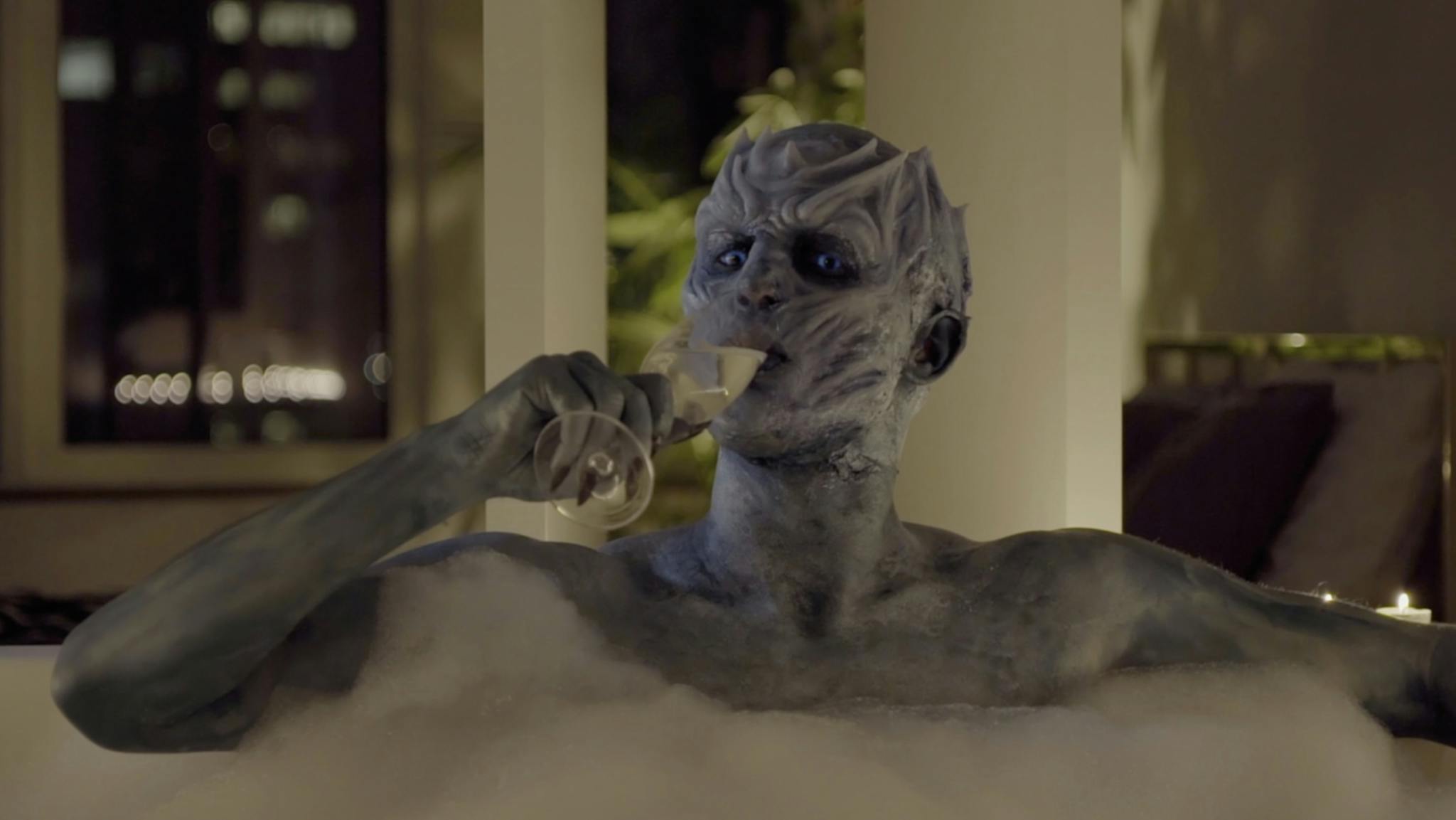DIS: It’s Necessary to Ask, "How Did We Get Here?"
June 2019

Filipa Ramos: A Good Crisis is part of a wider project around the 2008 global financial crisis developed by DIS. Can you tell us about the project as a whole and how it was articulated around the various elements that constituted it?
DIS: Today, new forms of non-ownership and liberal politics ecstatically and convincingly undergird a world of ever-increasing stratification and decreasing opportunity. As our homes, property, and bodies are offered up as collateral to the tyranny of financialization, it’s necessary to ask, ‘how did we get here?’
The conception of DIS is unquestionably linked to the fallout of the financial crisis and Great Recession. We collectively decided to create a magazine (online) in 2009 but only a decade later, could we respond to the period following the crisis for what it was.
The Good Crisis is part of a trilogy of videos by DIS that reflects on the financial crisis and looked at its cultural, political, and economic impact ten years later. We were looking back at the aftermath from the rubble. What possibilities for change did the 2008 financial crisis create or more probably waste? Was it a ‘good crisis,’ and if so, good for whom?
Obama Baroque (2018) and UBI: The Straight Truvada (2019) are the two other videos in the series. Each one coming at it from another angle and point of view.
FR: How did you come up with the looks of the video’s main character – a smartly dressed, well-spoken devilish creature?
DIS: It’s actually the Night King from HBO’s Game of Thrones. In Game of Thrones, the Night King represents the coming of dark times, i.e. winter is coming. He is at once a hyperbolic stand-in for the faceless entities we’re speaking of and also an everyman. We talked about it as if he was a nihilistic Wall Street truth-teller, explaining dispassionately how financiers and CEOs now revel in the feudal frenzy of the ‘new rentership society,’ a term propagated by private equity firms to explain the economic shift that has seen the renter population of the United States soar in the aftermath of the 2008 housing crash.
We thought it was apt to have one of the most recognizable and memed characters that originated during the Great Recession discussing the missed opportunity for economic revolution.
It’s also worth mentioning that Game of Thrones, the most expensive TV series ever made, premiered the same month that DIS Magazine launched, and like Gossip Girl, which is satirized in Obama Baroque, the series rose to huge cultural significance.
FR: The tone of A Good Crisis is both analytical and propagandistic as if creating awareness of the effects of the crisis while revealing how appealing it was to those who benefitted from it. Why did you choose to stand in this ambiguous position?
DIS: There can’t be anything ambiguous about our position. But we wanted to imagine the narrator as an insider, lacking empathy for the repercussions of his occupation. ‘This is just accounting.’
Late capitalism makes it seem like everything is getting better while it only gets worse, convincing you have access to more, while making sure you actually have less. As capitalism accelerates, the holders of debt become fewer as the debtors grow more numerous – and more in the hole.
The three-part series is meant as propaganda, a set of Public Service Announcements, reframing a post-crisis era of complacency (what we called the Obama Baroque), and warning us about the direction things are going.